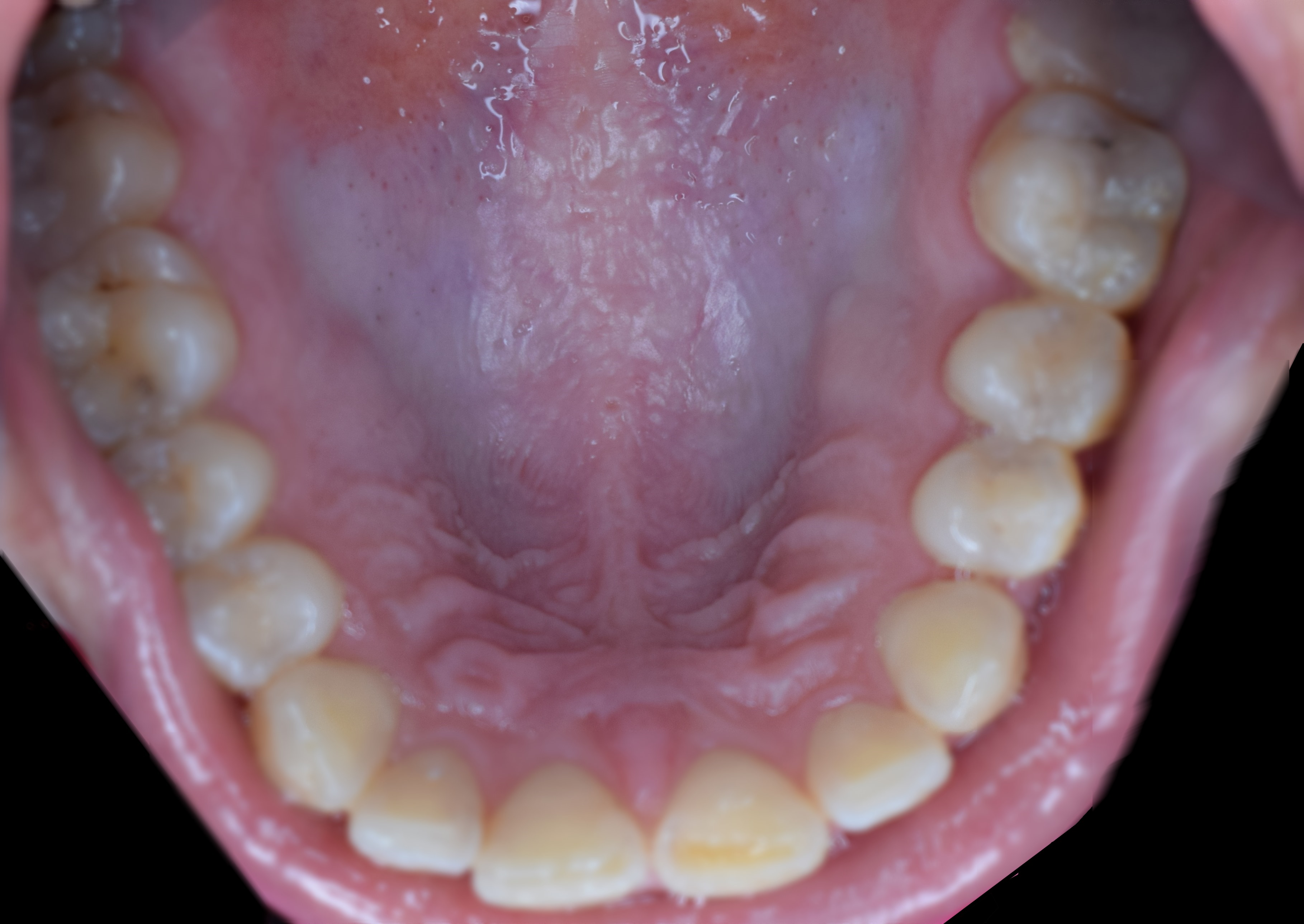rugae on:
[Wikipedia]
[Google]
[Amazon]
 In
In
 In
In anatomy
Anatomy () is the branch of biology concerned with the study of the structure of organisms and their parts. Anatomy is a branch of natural science that deals with the structural organization of living things. It is an old science, having i ...
, rugae are a series of ridges produced by folding of the wall of an organ
Organ may refer to:
Biology
* Organ (biology), a part of an organism
Musical instruments
* Organ (music), a family of keyboard musical instruments characterized by sustained tone
** Electronic organ, an electronic keyboard instrument
** Hammond ...
. Most commonly rugae refers to the gastric rugae of the internal surface of the stomach.
Function
A purpose of the gastric rugae is to allow for expansion of the stomach after the consumption of foods and liquids. This expansion increases the volume of the stomach to hold larger amounts of food. The folds also result in greater surface area, allowing the stomach to absorb nutrients more quickly.Location
Rugae can appear in the following locations in humans: * Wrinkles of the labia andscrotum
The scrotum or scrotal sac is an anatomical male reproductive structure located at the base of the penis that consists of a suspended dual-chambered sac of skin and smooth muscle. It is present in most terrestrial male mammals. The scrotum co ...
* Hard palate immediately behind the upper anterior teeth
* Inside the urinary bladder
* Vagina
* Gallbladder
* Inside the stomach
* Inside the rectum
Difference between rugae and plicae
With few exceptions (e.g. the scrotum), rugae are only evident when an organ or tissue is deflated or relaxed. For example, rugae are evident within the stomach when it is deflated. However, when the stomach distends, the rugae unfold to allow for the increase in volume. On the other hand, plicae remain folded regardless of distension as is evident within the plicae of the small intestine walls.References
{{Reflist Anatomy Tissues (biology) ja:襞